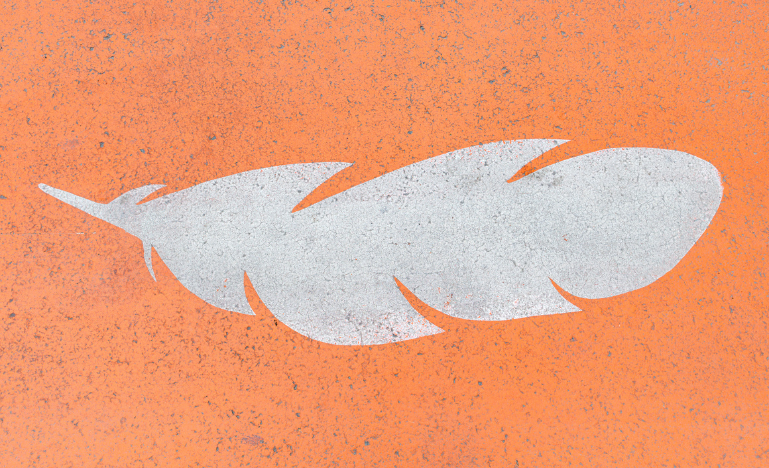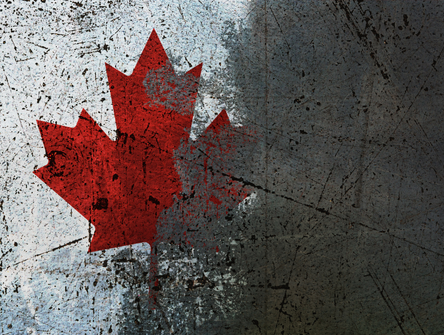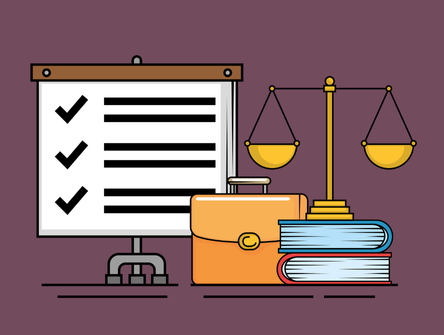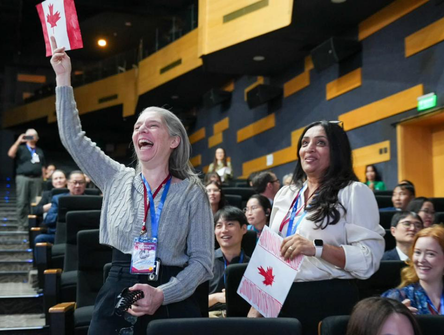Implementing UNDRIP
While progress has been made since the federal government enshrined its commitment in law in 2021, observers say there’s still some way to go to have respectful, meaningful consultation and shared decision-making

It’s been more than nine years since the government of Canada formally committed to implementing the United Nations Declaration on the Rights of Indigenous Peoples (UNDRIP), which sets out the minimum standards for the rights and dignity of Indigenous peoples worldwide.
Fundamentally linked to reconciliation, it provides a framework to address past injustices and build respectful relationships on a foundation of free, prior and informed consent, land rights, cultural integrity, and self-determination.
Canada's commitment to this was enshrined in law in June 2021 with the passing of the United Nations Declaration on the Rights of Indigenous Peoples Act, which set out a federal implementation framework. An action plan followed in 2023.
So, how far have things come since?
Not far enough, some say.
Katie Brack, a partner at First People’s Law in Ottawa, says that four years on, First Nations still often have to explain their rights, the law, how consultation works, and what UNDRIP requires, to the Crown over and over again.
“It’s very frustrating,” she says.
While Ottawa has touted a whole-of-government approach to reconciliation and consultation, that’s not happening on the ground. Crown agencies don’t coordinate with one another or share information, and staff don’t have the same training, background knowledge or information on the latest jurisprudence from the courts.
Brack has been in meetings where they’ve had to pull up the government’s own policies on how consultation is supposed to work and how information should be shared.
“It’s hard to implement UNDRIP and talk about free, prior and informed consent, when the people you’re talking to haven’t even read the basic backgrounder and policies their employer has created,” she says.
Last month, the federal government released its fourth annual report on the implementation of its UNDRIP legislation. It found that work has begun on 170 of the 181 items in the implementation action plan, with six complete measures and 99 underway. However, some observers say there are fundamental problems with the government’s approach to engaging with Indigenous communities to implement the plan.
A.J. Carstairs, chair of the Canadian Bar Association’s Aboriginal law section, says while the report shows meaningful progress, including the Haida Nation Recognition Act and a new non-derogation clause in the Interpretation Act, it also reveals the Crown’s consultative shortcomings.
“If we, together, cannot write a focused, diligent, two-eyed-seeing report, how can we hope to consult using such an approach?” she said in an email.
She believes we need to circle back in time to examples like the wampum tradition, which was “law in action” and included ceremonial exchange, interpretation, deliberation, and consent. It also recognized that this process needed to be constantly renewed.
Carstairs says consultation with Indigenous peoples must be done through Indigenous laws and be collective, deliberate, and relational. Further, reconciliation requires following the rules of those whose jurisdiction you enter. The Crown once respected this through the wampum tradition.
“Consultation is not a checkbox. It is a covenant. Canada has honoured such covenants before. It can do so again,” she says.
The government's tendency to shoehorn Indigenous groups into their version of consultation goes back to a lack of understanding of true governance. Brack finds there’s also a myopic view of Indigenous interests, when in reality they extend beyond hunting and trapping to encompass the right to make jurisdictional decisions that apply to the whole of a territory, which is critical under UNDRIP.
“First Nations have the right to make decisions over lands and resources, and that right is not being respected,” she says.That’s due to the persistent resistance to understanding what a nation-to-nation relationship should look like, and how Indigenous laws and jurisdiction over a First Nation’s whole territory need to be respected.
These significant gaps and shortfalls in how UNDRIP is being implemented are evident in the report.
For instance, the Impact Assessment Act has been redrafted with a view to UNDRIP, and there are gestures toward more shared decision-making, but the regulations required to implement that reality have not been enacted. Brack says there’s also a lot of resistance from the Crown and proponents over shared decision-making over lands and resources.
One item highlighted in the report is the co-developed Indigenous stewardship policy with Parks Canada, which is the kind of co-development or meaningful shared decision-making over lands and resources UNDRIP requires and that First Nations have been asking for a long time.
However, she says it's also an example of “low-hanging fruit,” as it involves land that’s already been set aside and protected, and is not being developed or subject to third-party interests.
“My clients have really been struggling with getting the Crown to recognize shared decision-making for all lands and resources, that truly respects the Indigenous communities’ jurisdiction over those lands and their right to governance over those lands,” Brack says.
Brenda Gunn, a law professor at the University of Manitoba and expert member of the United Nations Permanent Forum on Indigenous Issues, says missing from the report is the lack of engagement with established international human rights standards and the 40 years of international jurisprudence and studies that provide guidance on them.
She’s particularly interested in the review of Canadian laws to ensure consistency with UNDRIP, and ensuring that international jurisprudence guides that interpretation — not just the Canadian interpretation of what meeting those standards means.
“That doesn’t mean that the minimum standard is actually good enough for Indigenous peoples in Canada to meet their minimum survival and dignity (needs) as required by the UN Declaration,” Gunn says.
While the report discusses free, prior, and informed consent, it does not mention the studies by the UN’s Expert Mechanism on the Rights of Indigenous Peoples, the UN Permanent Forum on Indigenous Peoples, the Inter-American Commission and Court on Human Rights, or the UN Human Rights Committee. These agencies have said what it means to properly engage with Indigenous peoples to get that consent.
Gunn says that may lead to a process where we self-define what the UN Declaration says, which may not meet those minimum standards.
While the government’s inclusion of a non-derogation clause in the Interpretation Act is significant when it comes to existing Aboriginal and treaty rights set out in section 35 of the Constitution Act, 1982, Gunn says the challenge is that the courts have significantly limited what will fall under recognized rights under section 35.
“What we still don’t have is any mechanism or process to ensure that section 35 rights align with UNDRIP,” she says.
“That’s a huge gap.”
Her overall concern about the action plan and its implementation is that the government didn’t start by asking how it would work with Indigenous peoples to implement it. The report also doesn’t explain how the government makes funding decisions to ensure those who want to participate in the implementation process, have rights at stake, or have the expertise to participate are engaged.
Brack says many First Nations lack the funding to participate in the processes envisioned by the action plan, properly represent themselves in consultations, or undertake the environmental or traditional land use studies that need to be done. There is no provision for increased funding, and much of the historically provided funding was clawed back this year.
She notes that funding either wasn’t renewed for governance tables or has been cut for First Nations pursuing specific claims.
“Now there are new barriers to participation in all of these things the government hopes to do,” Brack says.
“The burden is increasingly falling on First Nations to fund them themselves.”


